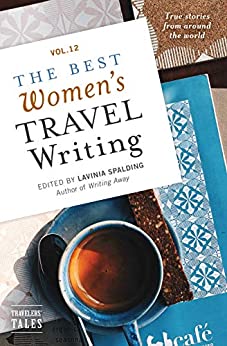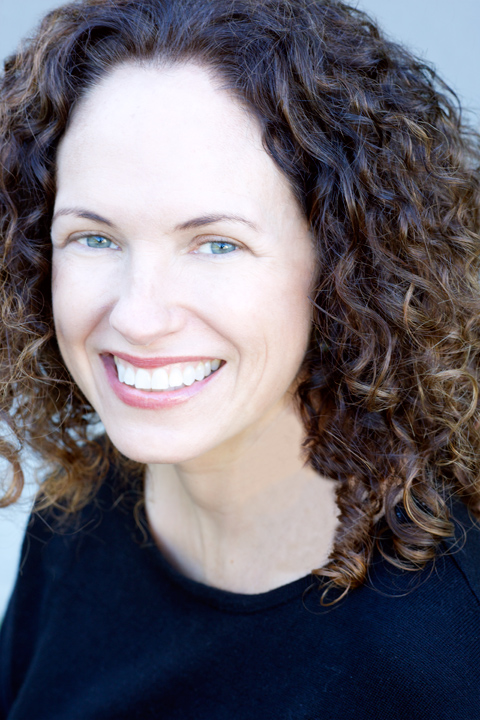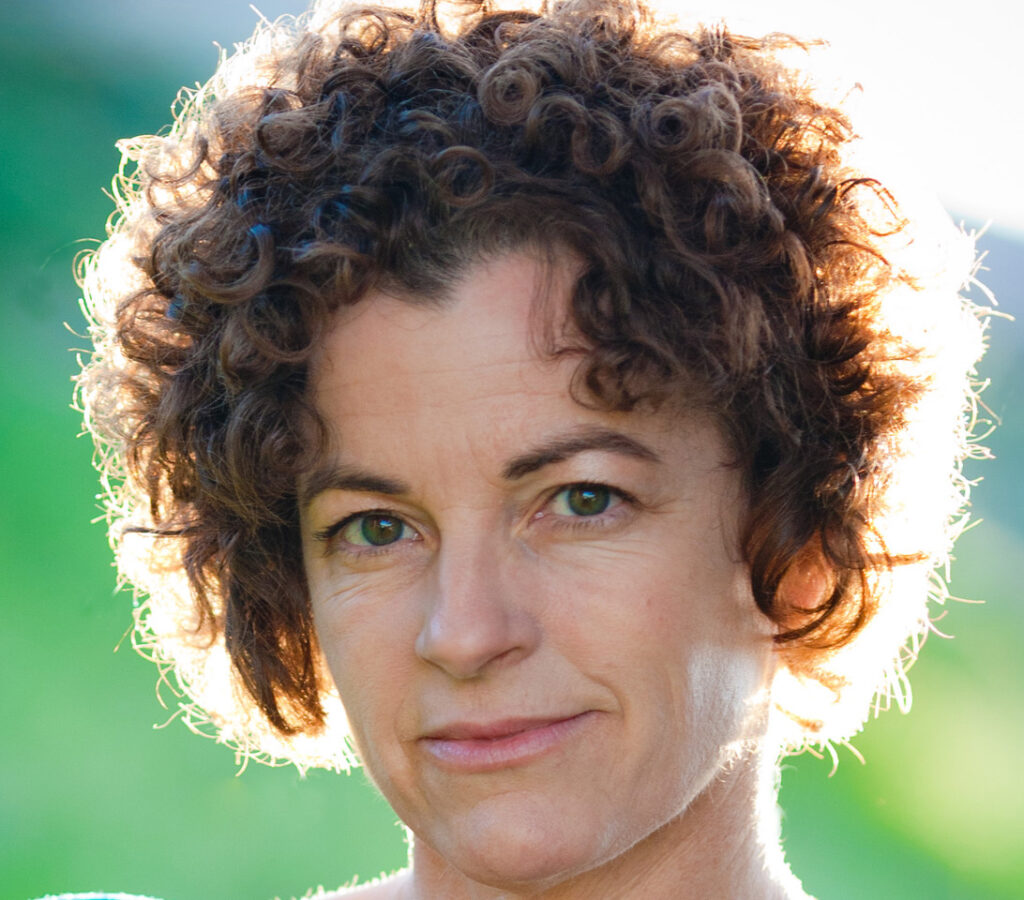
When editor Lavinia Spalding started reading submissions for Volume 12 of The Best Women’s Travel Writing (BWTW), forthcoming in October 2020, she couldn’t know that a pandemic was on its way, one that would claim hundreds of thousands of lives and make travel problematic, if not impossible. She also couldn’t anticipate the cultural upheaval and worldwide protests sparked by George Floyd’s death. Travel isn’t exempt from this moment of reckoning. It is inherently political, and moving freely and safely around the world is a privilege not afforded to all.
This was Spalding’s sixth stint as editor of BWTW, which features up-and-coming writers as well as known names, like Susan Orlean and Peggy Orenstein, both of whom have pieces in the upcoming edition. This time around, as Spalding screened about 1,300 submissions, she was drawn toward stories that, as she writes in her introduction, “explore the contradictions we face as travelers.”
Along with quests, pilgrimages and escapades, Spalding chose “essays that made me sad and mad and deeply uncomfortable…journeys told through the lens of genocide, slavery, injustice and climate change. Essays that asked me to pay more attention.” She’s always believed in the transformative power of travel, and it became even clearer to her that travel, and the travel essay, give us an opportunity to confront our own biases and to embrace our shared humanity.
I spoke with Spalding by phone and corresponded by email several times in 2019 and 2020.
Erin Van Rheenen: You started screening essays pre-pandemic, but were also reading as we sheltered in place. What was it like, reading travel essays when so few of us can actually travel?

Lavinia Spalding: It was definitely a bizarre time to be doing this work, but also a comfort to at least have my head in foreign countries while my body was stuck at home. I will also say the situation deeply underscored for me what a privilege and luxury travel is.
EVR: You’ve spoken of how you appreciate essays in which the writer steps back to digest and examine their experience. In a way, then, is being under lockdown a perfect time to work on travel writing that grapples with the significance of past trips—and of travel in general?
LS: Absolutely! From a craft standpoint, it always helps when I’m writing my own travel essays to have time and perspective to reflect on the journey—to consider small and large lessons and sift through experiences and interactions, looking for threads of connection. And in terms of BWTW, since many of the essays included are deeply personal, it’s not uncommon to find they’ve been written years, even decades, after the travel took place.
One extreme example is an essay in Volume 8, which came out in 2012, about a trip to London during the summer of 1969. It was actually the writer’s first published story; she’d been sitting with it for 43 years.
So, yes, by all means, this is the perfect time to dust off old travel journals and photo albums and write the experience you’ve been sitting with.

EVR: How would you describe the kind of writing your anthology features?
LS: It’s definitely not straight travel writing, like service pieces (a la “Top Ten Rooftop Bars in New Orleans”). Though I occasionally include traditional magazine features, the travel essay is a completely different genre. Think narrative nonfiction with a strong sense of place. We accept unpublished or previously published stories, and of those that have been published, many come from literary journals.
I look for essays about the author’s interaction with place, and who they become in that place—it’s as much about the traveler as the travel. Because of this, many stories are about trips taken during big life transitions, like divorce or loss—maybe because travel cracks us open, creates space for new ways of understanding deep emotions. But this makes it even harder to select only thirty-something stories. So many extraordinary essays don’t make the cut. One year, I received four submissions about the death of a father, all beautifully written and moving. I could only include one.
EVR: What craft mistakes have you noticed, reading for six anthologies?
LS: Sometimes writers assume they need to chronicle their entire epic adventure, from Day 1 to Day 17, cramming the whole experience into 3,000 words. My favorite stories are often a simple interaction with a local that ends up being heartwarming, heartbreaking or illuminating.
Another thing I’ve noticed over the years is that a lot of essays center on travel going wrong—which is great, except that many never transcend the anecdotal stage. There’s no breakthrough or redemption. I also receive a lot of stories with an oversimplified, “Hey, the people from X are just like us!” view, or with a colonial gaze. It’s a tricky business, writing about a culture that isn’t your own. It has to be done with skill, respect, self-awareness and research.
EVR: What makes you appreciate an essay?
LS: I like to see the author’s understanding of the world and their place in the world change in the course of the essay. To see entrenched assumptions upended, and to have my own assumptions challenged.
I like to be moved, and to feel invested in the narrator and in what’s going to happen. Something should change by the end, and often the most important thing is a shift in consciousness.
EVR: How much hands-on editing do you do?
LS: For the first anthology I edited, I got maybe 200 submissions, so I used to do more heavy editing. I’d recognize a story’s potential, but it wasn’t there yet. There would be significant back-and-forth with the authors; sometimes I’d encourage complete rewrites.
This time, I read 1,300 essays. The reading takes so long. But even now, I’ll recommend cutting a long lede or dropping the concluding “moral-of-the-story” paragraph. I’ll point out repeated words and inconsistencies, or suggest places to deepen the interior story. It’s easy to tell if someone has sent me their second or third draft, as opposed to the twenty-third draft. And I definitely gravitate these days toward highly polished essays.
EVR: Do you think women and men travel (and write) differently?
LS: I don’t think women travel differently from men, but we’re perceived differently—as vulnerable, and therefore unthreatening. I get lost, and people try to help. Male travelers might not convey that same vulnerability, where locals feel inclined to take them by the hand and lead them to the bus stop—or to their home, for lunch. These moments often lead to genuine connection.
This is a generalization, but I think men’s travel writing, historically, at least, is often about what I did, what I saw, and what I conquered, whereas women’s travel writing tends more toward whom I met, what I learned, and how I changed. I love being taken on both the outer and inner journey, and I’ve found women do that really well. We like to mine the meaning beneath the experience.
EVR: Can travel help us enlarge our worldview and challenge our implicit bias?
LS: To quote from my introduction to BWTW, “Travel is no magical elixir. I’ve stopped believing it’s ‘fatal to prejudice,’ as Mark Twain famously declared (if only it were that simple), but I do hold that it’s a solid start toward upending our biases and assumptions, because it compels us to see beyond the abstractions of a foreign land to its humanity.”
Travel can be a profound opportunity for self-analysis and a gateway to an enlarged worldview—especially if we immerse ourselves deeply in another culture. To me, one of the biggest rewards of travel is that it compels us to question concepts we might have grown up accepting as “normal.” And it’s an excellent way to examine our privilege, which is important work. There’s nothing like being a guest in another culture to shine light on our ignorance and sense of entitlement. This can be uncomfortable, of course, but it’s also what makes the experience more meaningful.
We have to cross borders, and hear each other’s stories. For those of us who are able to travel, I feel we have a moral imperative to foster understanding in these close-minded times. It’s more important now than ever.
___
Lavinia Spalding is series editor of The Best Women’s Travel Writing, author of Writing Away: A Creative Guide to Awakening the Journal-Writing Traveler, and co-author of With a Measure of Grace and This Immeasurable Place. She wrote the introduction to the e-book edition of Edith Wharton’s classic travelogue, A Motor-Flight through France, and her work appears in such publications as AFAR, Tin House, Longreads, Yoga Journal, Sunset, AirBnB magazine, Ms., The San Francisco Chronicle, and The Guardian, and has been widely anthologized. She lives in New Orleans with her family.
___
Erin Van Rheenen is a writer and teacher based in San Francisco. For nearly a decade she was a science writer at San Francisco’s Exploratorium, and she has taught in universities, high schools, and at the San Francisco Women’s Jail. Her work has appeared in the Los Angeles Times, Atlas Obscura, Fodors, and in an early edition of The Best Women’s Travel Writing. She’s also the author of Living Abroad in Costa Rica.
